Born in Rome in 1960, when I was 2 years old, sitting on a beach contemplating the sea in front of me and enchanted by the scene, I was captivated. When my parents asked me: “Stefano,what are you doing?” I replied, “It’s just marvelous!” Ever since that awakening, my love for the sea has never dwindled.
.jpg)
Stefano photographing "Canal Grande"
Venice and the Lagoon
Venice is unique and world-famous for being an enchanting place, set on a lagoon and littered with magnificent churches either side of the Grand Canal, snaking though the middle of the city. There are many smaller canals intersecting this and boats are the main form of transport, with picturesque gondolas and their gondoliers a favorite with visiting tourists. People hop on and off the vaporettos that operate like water-buses, and most buildings are accessed from the water.
.jpg)
"Campanile di S.Marco", gondola sailing through the Laguna
Millions of tourists come each year to visit the most famous sites such as St. Mark’s Basilica, the Grand Canal, San Giorgio Maggiore, the Doge’s palace and the famous Rialto Bridge, which date back to between 800 AD and the end of the 18th Century, when Napoleon Bonaparte invaded Venice and annexed it to the Cisalpine Republic, a sister republic of France in Northern Italy.
The layout of the iconic cathedral basilica of St. Mark’s was built on the plan of a Greek cross. It’s crowned by five onion-shaped domes. The five large doorways are adorned with variegated marble and sculptures. Sadly, much of the gold of St. Mark’s gold was stolen during Napoleon’s siege in order to pay French troops, and many artistic masterpieces were looted during the Napoleonic period. Nevertheless it still has riches beyond belief.
The layout of the iconic cathedral basilica of St. Mark’s was built on the plan of a Greek cross. It’s crowned by five onion-shaped domes. The five large doorways are adorned with variegated marble and sculptures. Sadly, much of the gold of St. Mark’s gold was stolen during Napoleon’s siege in order to pay French troops, and many artistic masterpieces were looted during the Napoleonic period. Nevertheless it still has riches beyond belief.
But all is not well in the city of Venice, which lies in the north-central area of a lagoon, 4 km from the Italian mainland and 2 km from the open sea.
.jpg)
"Palazzo Pisani Moretta"
Since its foundation many centuries ago, the city has sunk deeper and deeper into the mud of the lagoon bed. Nowadays, although it has become a tourist destination par excellence, difficulties for Venetian citizens are increasing because of the great number of problems caused by the action of the sea, the rising tide levels, and the consequent erosion of the buildings. Recently some incidents caused by cruise ships have raised the question about allowing them to enter the lagoon.
.jpg)
"Palazzo Ducale" with its museum
The lagoon is not very deep and the water is not particularly clear. Average depth ranges between 10m-15m in some points and as little as 50 cm elsewhere. It’s clearest out in the lagoon where the dredgers have dug out channels to allow for the passage of enormous cruise liners. Venice is not the first place that comes to mind when contemplating underwater photography.
Getting the Shot
The unusual photographs I made required a special effort from a practical and technical point of view. Most of all, they were possible only thanks to the great kindness of my friend Claudio, a very special Venetian, who took me with his boat through the main canals of Venice, and its sister districts of Murano and Burano, which are similarly bisected by canals.
.jpg)
"Chiesa della Madonna dell'Orto"
I took a series of photographs with a Seacam housing equipped with a crystal Superdome suitable for Nikon D800E and Tokina 10-17 fisheye lens. It enabled me to get those extreme wide-angle images in which the Venetian sea surrounding buildings and canals could be highlighted through over-and-under-the-water shots.
Exploiting the slow movement of the boat, I wasn’t expecting to see anything significant through the murky water below the surface, but some interesting effects came out giving an unusual aspect to the pictures through the surrounding waves.
I liked the sharp clarity of the startlingly red-and-white-striped mooring posts contrasting with the bright yellow bricks of the buildings lit by the sunshine, framed with a blue sky, and combined with the fluidity and transparency of the greenish water. I felt it encapsulated the very essence of what Venice is about.
Exploiting the slow movement of the boat, I wasn’t expecting to see anything significant through the murky water below the surface, but some interesting effects came out giving an unusual aspect to the pictures through the surrounding waves.
I liked the sharp clarity of the startlingly red-and-white-striped mooring posts contrasting with the bright yellow bricks of the buildings lit by the sunshine, framed with a blue sky, and combined with the fluidity and transparency of the greenish water. I felt it encapsulated the very essence of what Venice is about.
Shooting by natural light, there was an element of luck since I had no control of what happened with the water. After a few hours shooting my arms were aching with the effort of holding the housing half-in and half-out of the water, from the gunnels of the boat. It was hard work but the satisfaction from the images captured became the reward.

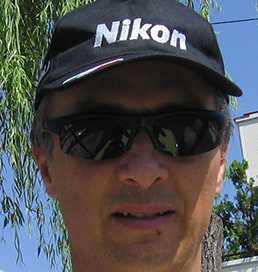
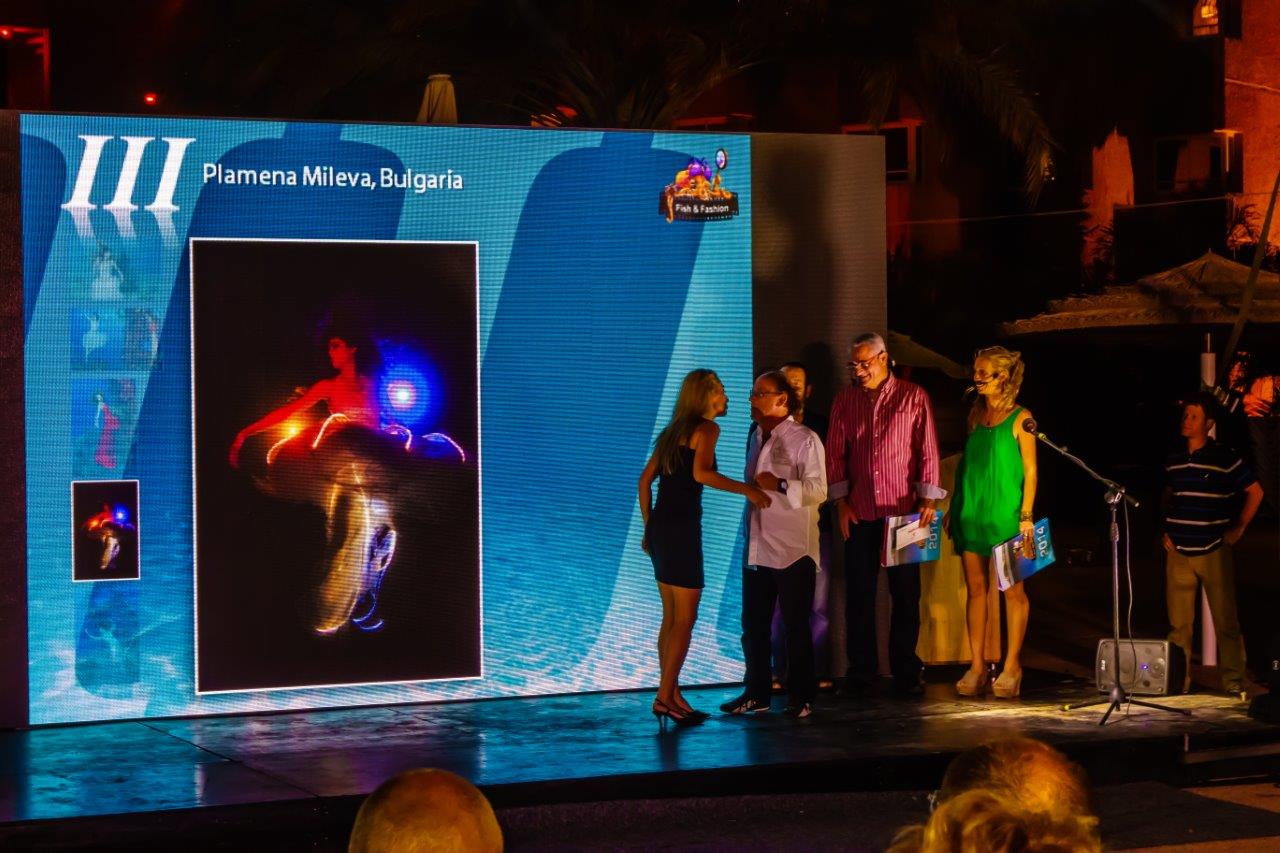
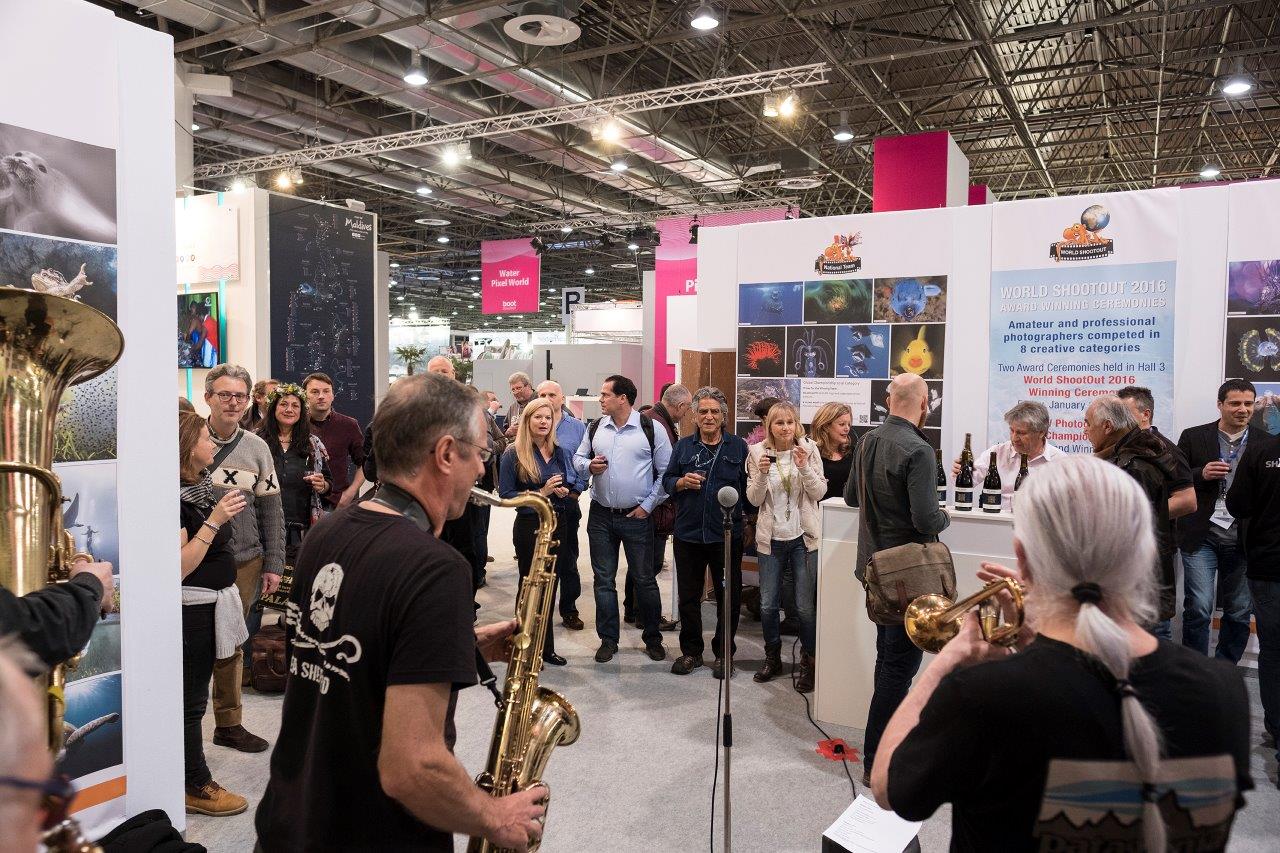
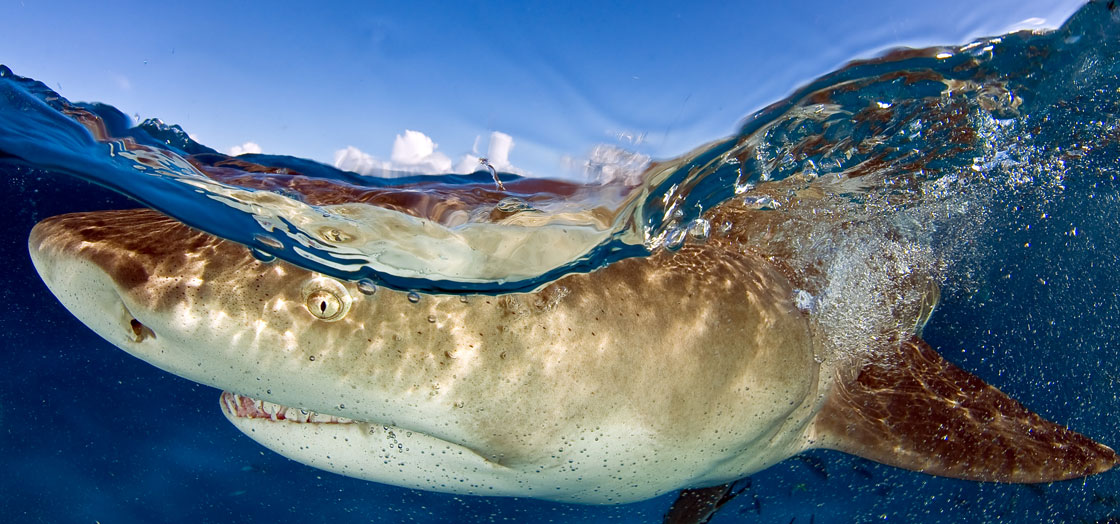

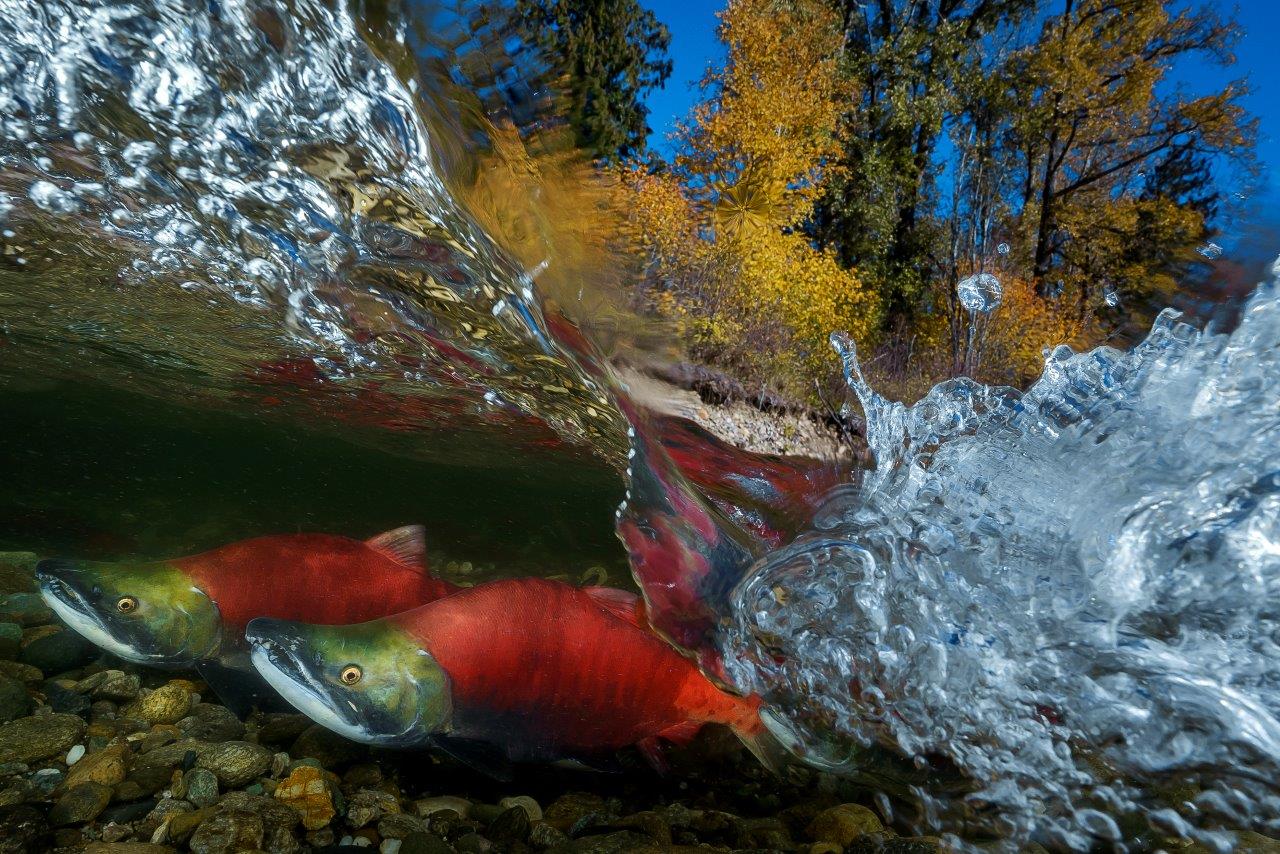

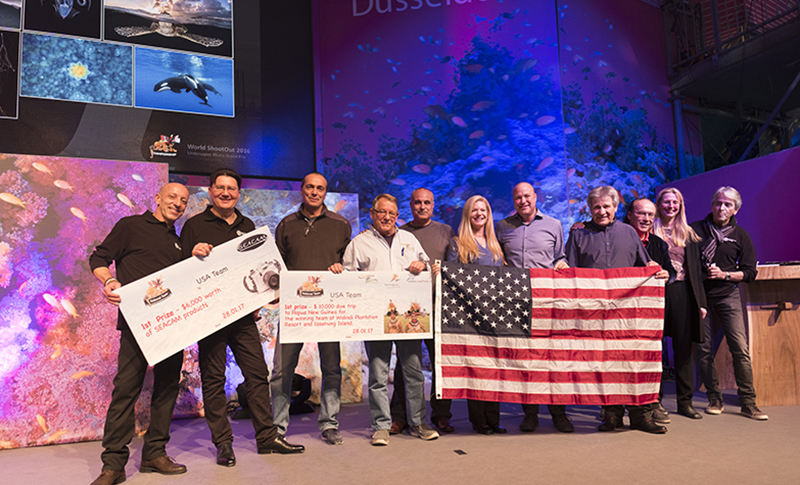
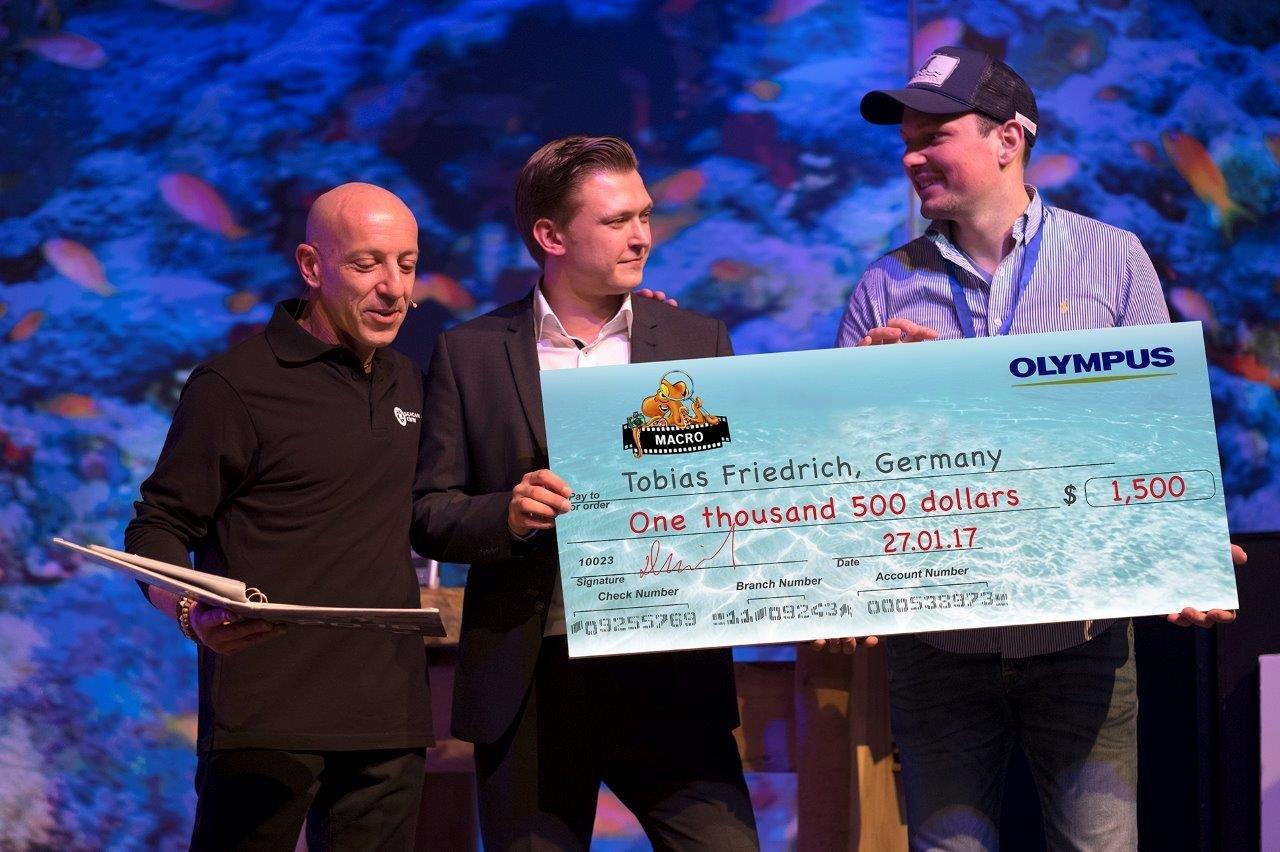

.jpg)
